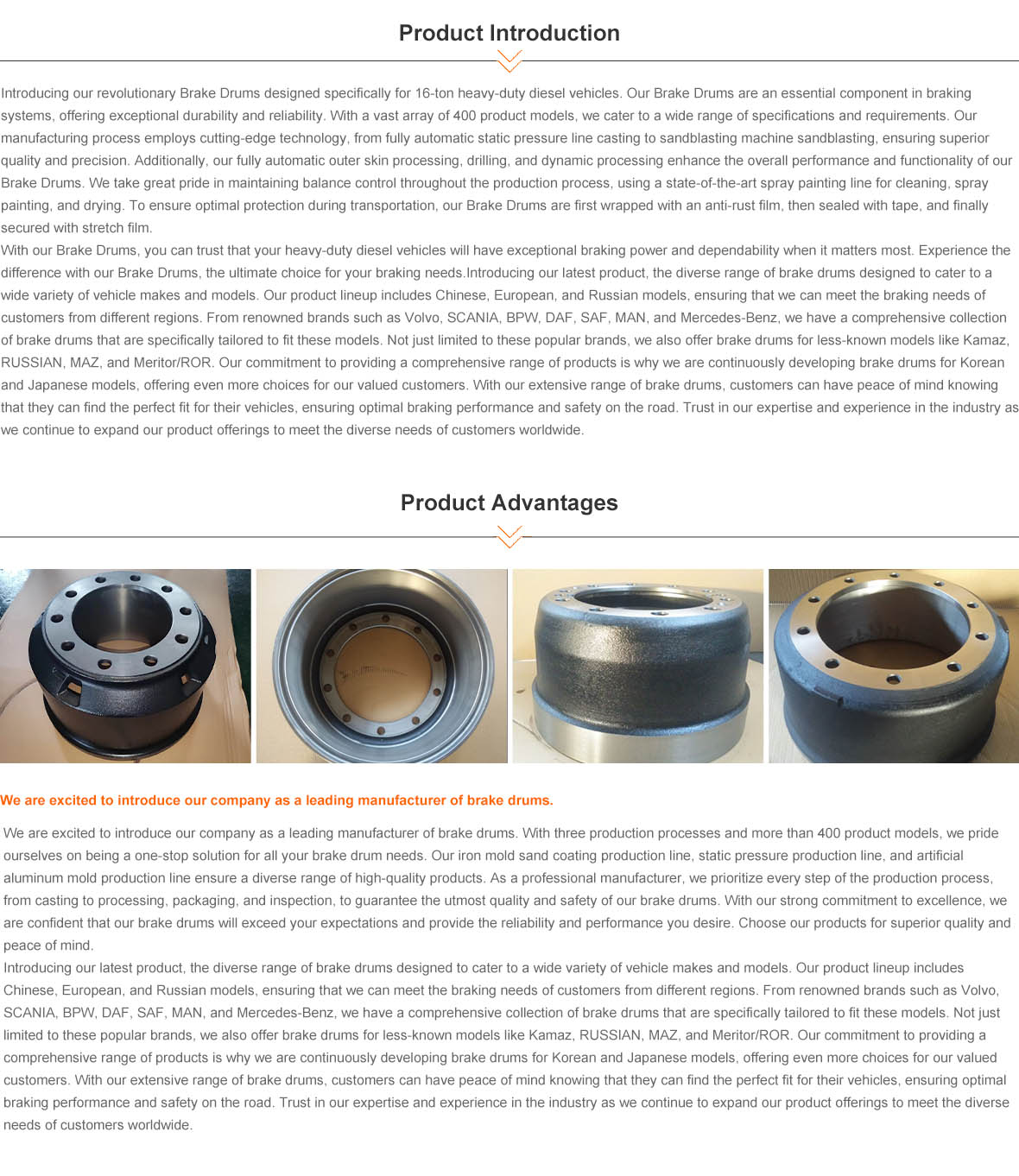
-
 Afrikaans
Afrikaans -
 Albanian
Albanian -
 Amharic
Amharic -
 Arabic
Arabic -
 Armenian
Armenian -
 Azerbaijani
Azerbaijani -
 Basque
Basque -
 Belarusian
Belarusian -
 Bengali
Bengali -
 Bosnian
Bosnian -
 Bulgarian
Bulgarian -
 Catalan
Catalan -
 Cebuano
Cebuano -
 Corsican
Corsican -
 Croatian
Croatian -
 Czech
Czech -
 Danish
Danish -
 Dutch
Dutch -
 English
English -
 Esperanto
Esperanto -
 Estonian
Estonian -
 Finnish
Finnish -
 French
French -
 Frisian
Frisian -
 Galician
Galician -
 Georgian
Georgian -
 German
German -
 Greek
Greek -
 Gujarati
Gujarati -
 Haitian Creole
Haitian Creole -
 hausa
hausa -
 hawaiian
hawaiian -
 Hebrew
Hebrew -
 Hindi
Hindi -
 Miao
Miao -
 Hungarian
Hungarian -
 Icelandic
Icelandic -
 igbo
igbo -
 Indonesian
Indonesian -
 irish
irish -
 Italian
Italian -
 Japanese
Japanese -
 Javanese
Javanese -
 Kannada
Kannada -
 kazakh
kazakh -
 Khmer
Khmer -
 Rwandese
Rwandese -
 Korean
Korean -
 Kurdish
Kurdish -
 Kyrgyz
Kyrgyz -
 Lao
Lao -
 Latin
Latin -
 Latvian
Latvian -
 Lithuanian
Lithuanian -
 Luxembourgish
Luxembourgish -
 Macedonian
Macedonian -
 Malgashi
Malgashi -
 Malay
Malay -
 Malayalam
Malayalam -
 Maltese
Maltese -
 Maori
Maori -
 Marathi
Marathi -
 Mongolian
Mongolian -
 Myanmar
Myanmar -
 Nepali
Nepali -
 Norwegian
Norwegian -
 Norwegian
Norwegian -
 Occitan
Occitan -
 Pashto
Pashto -
 Persian
Persian -
 Polish
Polish -
 Portuguese
Portuguese -
 Punjabi
Punjabi -
 Romanian
Romanian -
 Russian
Russian -
 Samoan
Samoan -
 Scottish Gaelic
Scottish Gaelic -
 Serbian
Serbian -
 Sesotho
Sesotho -
 Shona
Shona -
 Sindhi
Sindhi -
 Sinhala
Sinhala -
 Slovak
Slovak -
 Slovenian
Slovenian -
 Somali
Somali -
 Spanish
Spanish -
 Sundanese
Sundanese -
 Swahili
Swahili -
 Swedish
Swedish -
 Tagalog
Tagalog -
 Tajik
Tajik -
 Tamil
Tamil -
 Tatar
Tatar -
 Telugu
Telugu -
 Thai
Thai -
 Turkish
Turkish -
 Turkmen
Turkmen -
 Ukrainian
Ukrainian -
 Urdu
Urdu -
 Uighur
Uighur -
 Uzbek
Uzbek -
 Vietnamese
Vietnamese -
 Welsh
Welsh -
 Bantu
Bantu -
 Yiddish
Yiddish -
 Yoruba
Yoruba -
 Zulu
Zulu
how self adjusting drum brakes work
How Self-Adjusting Drum Brakes Work
Drum brakes are a crucial component of many vehicles, particularly in older models and certain applications such as trucks and SUVs. Unlike disc brakes, which use a pair of calipers to squeeze a rotor, drum brakes rely on a set of shoes that expand inside a cylindrical drum to create friction. One of the key advancements in drum brake technology is the self-adjusting mechanism, which ensures optimal performance and safety without requiring frequent manual adjustments.
Understanding Drum Brakes
To appreciate how self-adjusting drum brakes work, it’s essential to understand their basic structure. The primary components include the brake drum, brake shoes, a wheel cylinder, and the self-adjusting mechanism. When the brake pedal is pressed, hydraulic fluid from the master cylinder pushes the wheel cylinder, causing the brake shoes to expand against the inside surface of the drum. This friction is what brings the vehicle to a stop.
Over time, brake shoes wear down due to constant friction with the drum. This wear can result in reduced braking efficiency, increased stopping distances, and potential safety hazards. Traditionally, maintenance required a mechanic to manually adjust the brake shoes to ensure they were appropriately positioned close to the drum.
The Self-Adjusting Mechanism
Self-adjusting drum brakes incorporate a mechanism that automatically compensates for shoe wear. This system eliminates the need for manual adjustments, making it a more convenient and effective solution for both manufacturers and vehicle owners.
The self-adjustment process typically involves a ratchet and pawl system. When the brakes are applied, if the shoes are not positioned correctly, the mechanisms engage to adjust the shoes outward. The most common method involves a lever attached to the brake shoes. As the shoes wear down and create additional space inside the drum, this lever pivots and moves a ratchet gear.
Operating Cycle
how self adjusting drum brakes work

The operating cycle of self-adjusting drum brakes can be broken down into several key steps
2. Wear Compensation As the brake shoes wear down, the distance between the shoes and the drum increases. During this process, the lever connected to the shoes also moves slightly.
3. Self-Adjustment The lever engages the ratcheting mechanism, which allows the shoes to slowly move outward. This action continues until the shoes are adequately adjusted to maintain near contact with the drum surface.
4. Resetting If the vehicle is driven in reverse and the brakes are applied, the self-adjusting mechanism can also take the opportunity to further refine the shoe position, ensuring that the best friction surface is always utilized.
Benefits of Self-Adjusting Drum Brakes
The self-adjusting design provides several benefits to vehicle owners and manufacturers alike. First and foremost, it enhances safety by continuously maintaining optimal brake performance. This reduces the likelihood of brake failure and the associated risks.
Furthermore, self-adjusting drum brakes lower maintenance costs. With the elimination of frequent manual adjustments, drivers can enjoy a hassle-free experience, freeing them from routine checks and potential costs associated with brake service. This technology also contributes to smoother and more consistent braking performance, which is especially critical in emergency situations.
In conclusion, self-adjusting drum brakes represent an important advancement in automotive engineering. By understanding how these systems work, drivers can appreciate the blend of safety, convenience, and efficiency they provide in ensuring reliable stopping power for their vehicles. Whether in an older car or a modern vehicle with hybrid braking systems, the principles of self-adjustment continue to play a vital role in effective vehicle operation.
-
What Are Drum BrakesNewsJul.07,2025
-
Understanding Brake Drum MaterialNewsJul.07,2025
-
Semi-Trailer Brake Drum: A Key Component for Extreme Loads and Long-Distance TransportNewsJul.07,2025
-
Drum Brake Pads for SaleNewsJul.07,2025
-
Brake Drums for SaleNewsJul.07,2025
-
Brake Drum ManufacturerNewsJul.07,2025
-
Aluminum Brake Drums: The Future of High-Performance CarsNewsJul.07,2025
